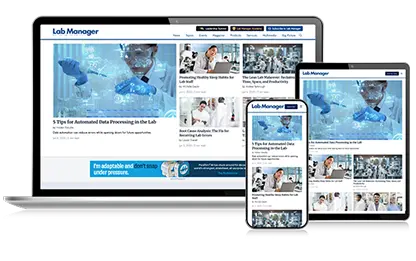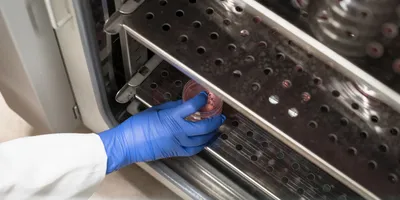In high-stakes environments like laboratories, effective communication is essential. Whether managing research teams, lab technicians, or quality control staff, how instructions are delivered can significantly impact productivity and morale.
A recent study found that people are more productive when given requests instead of direct orders—even when the orders come from themselves. The research compared two approaches: a "Will I" mindset versus an "I Will" mindset. The group that operated with "Will I" thinking outperformed their counterparts two to one.
This finding has profound implications for lab managers and supervisors. While some individuals may comply with direct commands, many instinctively resist authoritarian language. By framing instructions as requests rather than orders, you can achieve the same outcomes while fostering a more collaborative and engaged laboratory environment.
3 Reasons Why Laboratory Managers Should Use Requests Instead of Orders
1. Reduce Resistance and Increase Compliance
In a laboratory, following protocols precisely is critical for safety, accuracy, and efficiency. However, many people have a natural inclination to resist commands, especially when they feel their autonomy is being undermined.
Consider these two approaches:
❌ "Label all reagent bottles before storing them."
✔ "Can you please ensure all reagent bottles are labeled before storing them?"
The second phrasing still communicates the expectation clearly but does so in a way that respects the recipient’s sense of autonomy. By framing instructions as a request, lab managers can reduce resistance and ensure better compliance with lab procedures.
2. Enhance Motivation and Productivity
Research suggests that people perform better when they feel in control of their decisions. Even when employees recognize a request as an implicit directive, the perceived independence can make a significant difference in engagement and productivity.
For example:
❌ "You need to recalibrate the pH meter now."
✔ "Could you recalibrate the pH meter when you get a chance?"
The second version provides a subtle choice while still setting clear expectations. When employees feel like they have agency, they are more likely to take ownership of their tasks and perform them effectively.
3. Prevent Misinterpretation and Build Stronger Relationships
Laboratory environments require clear, precise communication, yet tone and phrasing can often be misinterpreted. A directive might be meant as straightforward guidance, but an employee might perceive it as disrespectful or overly demanding.
By making requests rather than issuing commands, you reduce the risk of negative interpretations. Employees focus on the task at hand rather than any perceived tone or subtext. This fosters a culture of mutual respect, leading to stronger team relationships and better overall performance.
Implementing Request-Based Leadership in the Lab
If you're a lab manager or supervisor, transitioning from giving orders to making requests does not mean sacrificing authority. Instead, it’s about strategically rephrasing your instructions to encourage cooperation.
Here are some simple changes you can make in your communication style:
✅ Use "Could you" or "Would you mind" instead of "Do this now."
✅ Add "please" to requests, making them sound more collaborative.
✅ Frame instructions as questions, such as "Would it be possible to…"
✅ Express appreciation when requests are fulfilled: "Thanks for taking care of that."
By applying these techniques, laboratory leaders can boost morale, improve teamwork, and enhance productivity, all while maintaining efficiency and precision in daily lab operations.
Final Thoughts
The way instructions are given in a laboratory can influence compliance, motivation, and overall work culture. By framing directives as requests rather than strict orders, lab managers can achieve the same results while fostering a more positive and cooperative workplace.
Would you consider trying this approach in your lab? You might be surprised at how a simple shift in communication leads to better engagement, performance, and team dynamics.
In high-stakes environments like laboratories, effective communication is essential. Whether managing research teams, lab technicians, or quality control staff, how instructions are delivered can significantly impact productivity and morale.
A recent study found that people are more productive when given requests instead of direct orders—even when the orders come from themselves. The research compared two approaches: a "Will I" mindset versus an "I Will" mindset. The group that operated with "Will I" thinking outperformed their counterparts two to one.
To continue reading this article, sign up for FREE to

Membership is FREE and provides you with instant access to eNewsletters, digital publications, article archives, and more.












